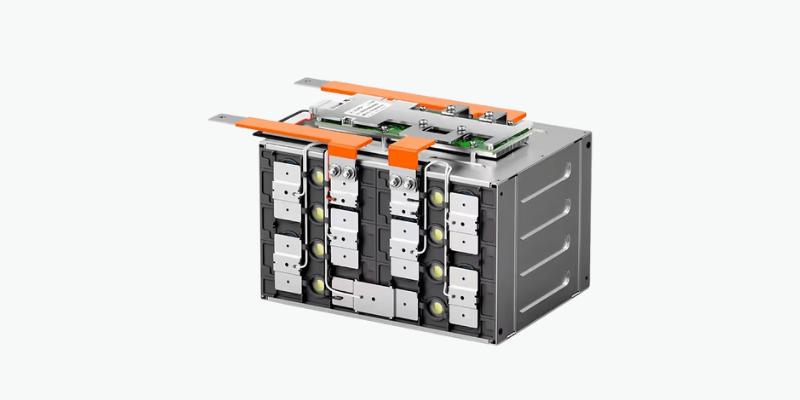Setelah menyelesaikan lebih dari 6.000 Proyek Paket Baterai Lithium Kustom, kami menemukan bahwa klien sering memiliki pertanyaan spesifik. Dalam artikel ini, kami akan mempelajari pertanyaan dan jawaban penting tentang Merancang dan memproduksi paket baterai lithium-ion.
Apa faktor utama yang perlu dipertimbangkan saat memilih paket baterai lithium-ion khusus?
Saat memilih paket baterai lithium-ion khusus, penting untuk mempertimbangkan beberapa faktor kunci.
Pertama, kepadatan energi Memainkan peran penting, karena pelanggan sering mencari baterai lithium-ion untuk aplikasi portabel, menginginkan kapasitas energi tinggi dalam desain yang ringkas dan ringan.
Selain itu, tingkat pembuangan harus diperhitungkan. Ada dua jenis utama sel lithium-ion – energy cells and power cells. Energy cells offer high energy density but lower current delivery, resulting in longer runtime, while power cells provide rapid high current output with lower energy density.
Cycle life is another critical aspect to consider. Lithium-ion phosphate cells, despite potentially being heavier, can deliver over 3,000 cycles, surpassing the 500-600 cycles of other types.
Safety is paramount for all lithium-ion batteries, with lithium-ion phosphate cells known for their enhanced robustness in terms of safety features.
Furthermore, temperature tolerance is an important consideration. Although lithium batteries were previously limited in high-temperature applications, advancements now enable their use in various settings with elevated temperatures.
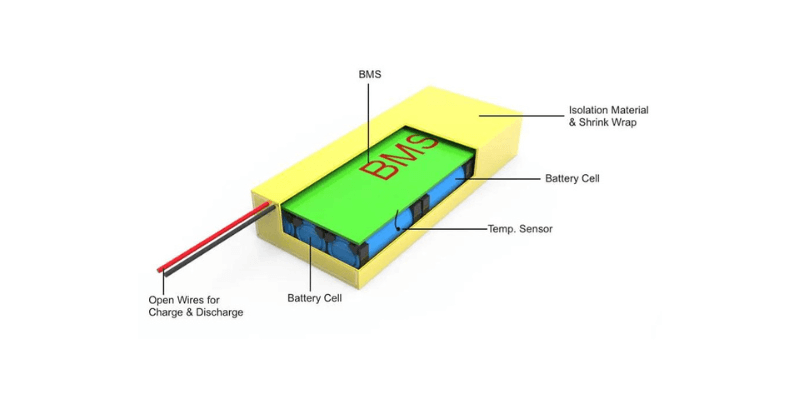
How Can Thermal Management Be Integrated Into A Custom Lithium Pack?
A larger enclosure often dissipates heat better, and we sometimes add heat spreaders in packs to manage excess heat.
Tesla’s approach to active cooling sets a high standard in the industry, using liquid circulation around individual cells to maintain uniform temperatures and eliminate thermal gradients. This advanced system ensures internal cells match the temperature of external cells, even enabling preheating on cold days for improved efficiency and longevity.
If budget constraints limit cooling options, leveraging temperature sensors can be a cost-effective solution. These sensors can monitor temperature variations and adjust the device’s operation accordingly, such as throttling the processor or adjusting motor speed to prevent overheating.
Additionally, implementing warning systems within the battery pack can help alert users to potential temperature issues and take preventive measures effectively.
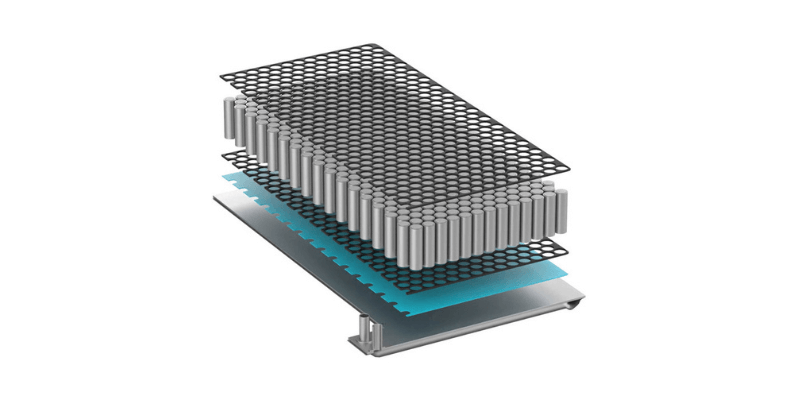
What Less Common Safety Features Should Be Included In A Custom Lithium Battery?
Second-tier and third-tier safety features often go unnoticed, but one important aspect is penyeimbangan sel.
Many people see it as a cycle life feature, similar to evenly filling an ice cube tray to ensure all cells maintain equal levels. This balance extends the pack’s lifespan and prevents individual cells from falling too low or rising too high, which can trigger safety circuits and reduce runtime perception.
Additionally, if safety circuits malfunction, continuous low or high excursions can lead to dendrite growth or issues with separating materials, potentially causing internal shorts. Thus, cell balancing is indeed a safety feature.
Other considerations include encapsulating batteries with effective pressure relief valves. It can help mitigate the risk of overpressure within the battery pack, especially during rapid charging or in case of a malfunction.
Finally, using flame-retardant materials rated for high temperatures ensures that komponen don’t ignite during failure situations. These lesser-known safety features play a crucial role in battery performance and reliability.
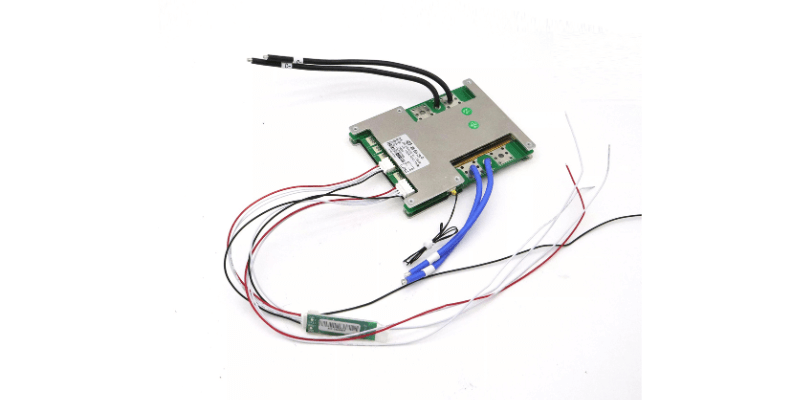
Do Most End-product Standards Require Batteries To Meet Specific Standards?
Yes, most end-product standards mandate that batteries meet specific safety, performance, and quality criteria to ensure consumer safety and product reliability. Regulatory bodies enforce these standards to mitigate risks like fire hazards, pelarian termal, and environmental impact.
Key standards include:
- DAN 38.3: Covers testing requirements for the safe transport of lithium batteries.
- IEC 62133: Specifies safety requirements for lithium ion batteries in portable electronic devices.
- IEC 62619: Berfokus pada keamanan sel-sel ion lithium sekunder dan baterai dalam aplikasi industri.
- UL1642 dan UL 2054: Standar Keselamatan untuk Baterai Lithium dalam Penggunaan Rumah Tangga dan Industri.
- Penandaan CE: Menunjukkan kesesuaian dengan standar keselamatan UE.
Kepatuhan diperlukan untuk mencegah penarikan, kewajiban hukum, dan kerusakan pada reputasi merek; Produsen harus mematuhi standar ini untuk memberikan produk bertenaga baterai yang aman.
Apakah Anda memiliki rekomendasi untuk menemukan sel online untuk pembuatan in-house? Apakah sesederhana menggunakan Google untuk menemukan opsi yang memenuhi persyaratan saya?
Meskipun Google dapat menjadi titik awal, berikut adalah rekomendasi untuk menemukan pemasok sel yang andal:
- Bermitra dengan Pemasok terkemuka yang dikenal dengan sel baterai berkualitas dan dukungan yang dapat diandalkan.
- Confirm clear specifications, including voltage, capacity, energy density, siklus hidup, size, weight, and safety features to narrow your search.
- Ensure compatibility with your system by considering mechanical fit, electrical connections, and charging/discharging protocols to avoid integration issues during manufacturing.
- Choose cells that meet recognized industry standards like UL or IEC for safety and performance; review product datasheets or test reports from the supplier.
- Consult industry experts, engineers, or consultants experienced in sourcing battery cells for manufacturing. They can guide you in selecting the right cells for your specific needs.
- Evaluate shipping logistics regarding options, lead times, costs, and delivery requirements.
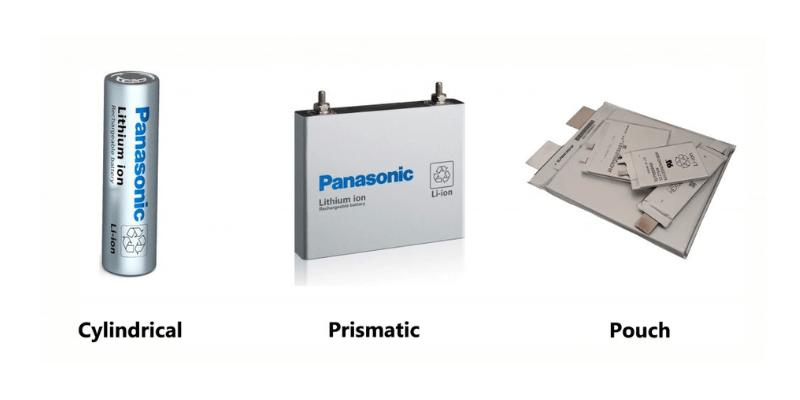
How Do You Determine A Product’s Cycle Life?
Generally, determining a battery’s cycle life involves several methods:
- Manufacturer Specifications: Check the manufacturer’s estimated cycle life, which is often based on standardized testing. However, these values typically reflect low steady-state currents.
- Accelerated Aging Tests: Conduct tests in controlled conditions by repeatedly charging and discharging the battery while monitoring performance and capacity decline. This method estimates how many cycles the battery can endure before reaching a specific capacity threshold (e. g., 80% of original capacity).
- Past Data and Experience: Historical data on similar batteries can provide insights into expected cycle life through industry research and case studies, though this method offers rough estimations.
- Battery Chemistry and Design: Different chemistries have varying cycle life characteristics; understanding these along with design factors like electrode materials can give rough estimates of performance.
- Operational Conditions: Factors such as discharge rate, depth of discharge (DOD), charging protocols, and environmental conditions significantly influence cycle life.
While these methods provide rough estimates, actual testing tailored to specific conditions is the most reliable way to determine a battery’s cycle life, particularly for outdoor products subject to temperature extremes.

